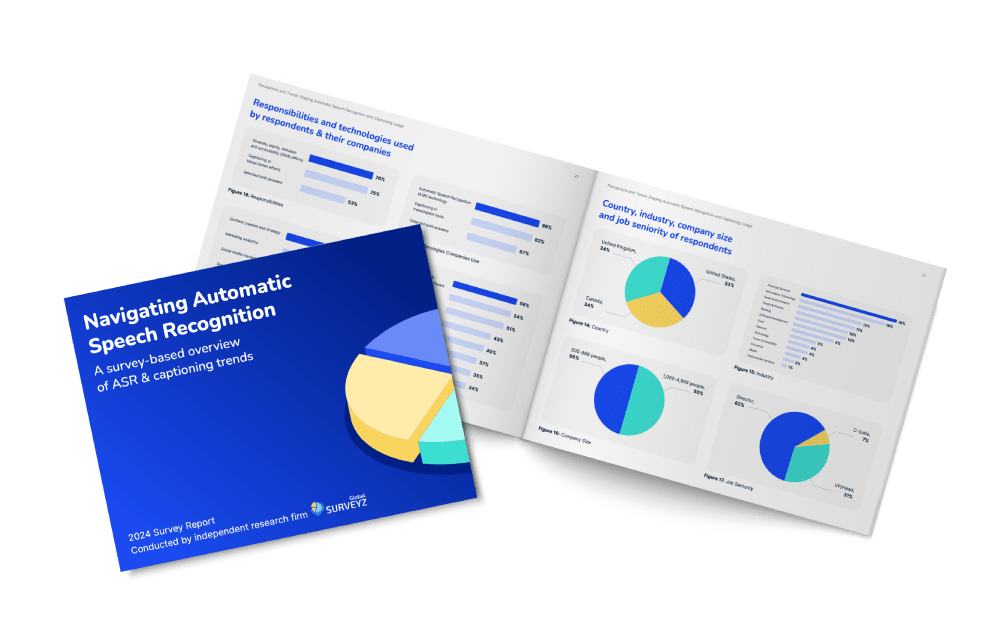Today, digital accessibility is a priority for universities, corporations and institutions around the world.
In the United Kingdom, there are a few significant digital accessibility laws in place that apply to both public and private entities — laws designed to offer individuals stronger protections against discrimination and give organizations greater clarity about their responsibilities.
Colleges, businesses and institutions face the legal obligation to make their websites, mobile apps and other digital content accessible to as many people as possible. However, the law does provide an exception to waive this obligation if it creates a “disproportionate burden” on the organization.
UK Accessibility Laws
In a nutshell, UK regulations require that public websites and mobile apps be more accessible by making them ‘perceivable, operable, understandable and robust.’ Intranet and extranet websites also are covered by the accessibility regulations as are public mobile apps.
For example, guidance from the UK Department of Education notes that digital services should, among other things:
- Work with the most used assistive technologies, including screen magnifiers, screen readers and speech recognition tools
- Conduct an accessibility audit
- Include members of the disability community in research accessibility services and offerings
The laws also require businesses and institutions to include and update an accessibility statement on their websites that details how accessible the sites are, how to report problems and how to request information in an alternative format, if necessary.

The Equality Act
Adopted in 2010, the Equality Act provides protection from discrimination at work, in education and in wider society, and makes it illegal to discriminate against various groups, including people living with disabilities.
The act requires that commercial websites be accessible to all users, and stipulates that organizations make reasonable accommodations for people with disabilities. These accommodations can include captions, subtitles and other auxiliary aids.
Public Sector Body Accessibility Regulations
The Public Sector Body Accessibility Regulations (PSBAR) is designed to ensure that any institution receiving public funds — including hospitals, police, city councils, colleges and many universities — accommodates people with disabilities, including the Deaf and blind communities and persons with cognitive impairments, motor difficulties or learning disabilities. PSBAR requires that websites and mobile apps be accessible to all users, especially those with disabilities, and builds on existing obligations to people who have disabilities as outlined in the Equality Act.
In 2020, PSBAR began requiring that public sector entities provide closed captions for all prerecorded videos but not for live-streaming content. Institutions have two weeks from the date of publication to complete their captioning. As of 2021, mobile apps also must meet accessibility requirements.
Web Content Accessibility Guidelines
As of September 2020, public sector bodies must also meet the Web Content Accessibility Guidelines (WCAG) 2.1. WCAG is widely recognized as an international standard for accessibility and any content that meets its Level AA guidelines is considered to be “reasonably accessible” for most people with disabilities.

Exemptions and ‘Disproportionate Burdens’
Organizations can look for exemptions to accessibility requirements in specific situations, though advocates say this should always be an exception and most of a website’s digital content should be fully accessible.
When seeking such exemptions, however, institutions should consider:
- Their size and resources
- The benefits of the accommodations to users
- The nature of the organization and the number of people seeking its services
- The cost of accommodation and the impact of that financial burden.
In the case of captions, it’s unlikely that regulators will excuse a complete lack of this service as technology makes captioning attainable at reasonably low costs. However, if the organization deems the associated costs of editing are overly burdensome, it may qualify for an exemption.
Any entity arguing for a disproportionate burden would need to conduct an assessment and maintain careful records of their captioning expenses, where they are prioritizing captioning and how they are making their decisions. If, following the assessment, the entity determines that compliance with the accessibility requirement would impose a burden, it must then:
- Explain in its accessibility statement the parts of the requirement with which it could not comply
- Provide accessible alternatives, where appropriate, to documents that are not available on its website or mobile app
For example, it might be reasonable for a university to prioritize edited captions for courses where it knows that students need them or for resources that will be used for a larger segment of the student body. The school may then qualify for an exemption allowing them to offer less accurate automated captions on other content to save costs.
No Substitute for Accessibility
Ultimately, there is no substitute for being 100% accessible. Providing accessible solutions not only satisfies accessibility requirements, it also creates a more inclusive environment for all. Verbit’s wide variety of access services make it easy for universities, corporations and institutions of all sizes to reach their accessibility goals. Reach out today for more information.




